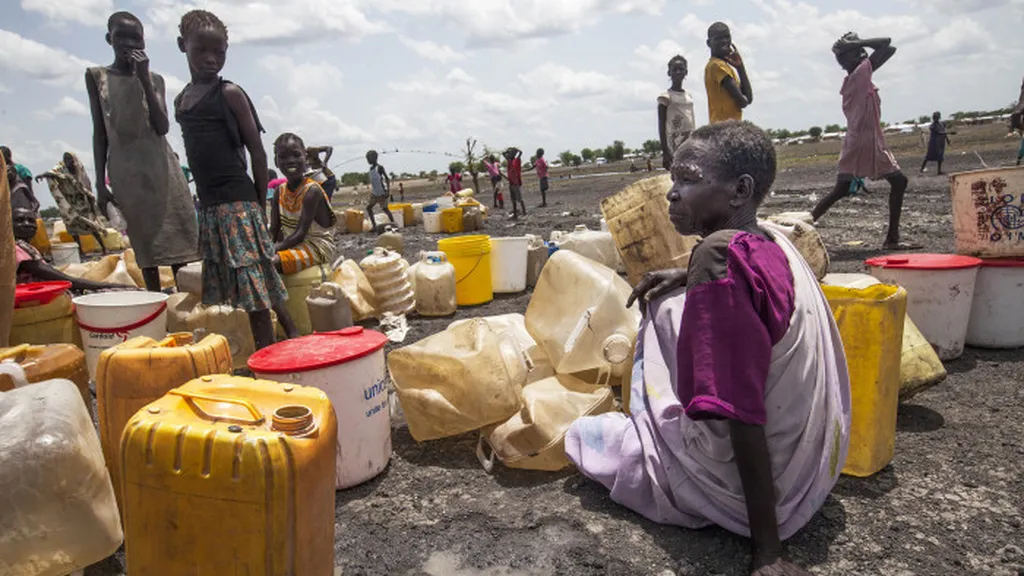In the ever-evolving landscape of agriculture, understanding the intricate dance between pests, pathogens, and the environment is crucial for developing robust pest management strategies. A recent study published in *The Plant Pathology Journal* (translated from Korean as “Journal of Plant Pathology”) sheds light on how rising temperatures might alter the transmission dynamics of the cucumber mosaic virus (CMV) in tobacco plants, offering valuable insights for climate-resilient agriculture.
Led by Dineesha N. Balagalla from the Postgraduate Institute of Agriculture at the University of Peradeniya in Sri Lanka, the research team investigated how elevated temperatures affect the performance of Myzus persicae, a notorious aphid vector of CMV. The study, conducted at 25°C and 30°C, revealed that while higher temperatures did not negatively impact aphid survival, they significantly reduced the transmission efficiency of CMV.
“Our findings demonstrate that the probing behavior of aphids is altered at higher temperatures, which likely contributes to the reduced transmission efficiency of the virus,” Balagalla explained. This alteration in behavior could be a game-changer for farmers and agronomists grappling with climate change and its impacts on pest and disease dynamics.
The study’s implications are far-reaching, particularly for the energy sector, which relies heavily on agricultural crops for bioenergy production. Tobacco, for instance, is not only a valuable cash crop but also a potential feedstock for bioenergy. Understanding how temperature fluctuations affect virus transmission can help in developing strategies to ensure a stable supply of bioenergy feedstocks.
Moreover, the research underscores the importance of incorporating environmental temperature dynamics into pest management strategies. As climate change continues to alter temperature patterns, such insights will be invaluable for developing sustainable and climate-resilient agricultural practices.
The study also highlights the complex interplay between temperature, vector behavior, and virus transmission. “This intricate relationship is something we need to understand better to develop effective pest management strategies,” Balagalla noted. By unraveling these complexities, researchers can pave the way for innovative solutions that mitigate the impacts of climate change on agriculture.
In conclusion, this research not only advances our understanding of how temperature affects virus transmission but also offers practical insights for developing climate-resilient pest management strategies. As the world grapples with the realities of climate change, such studies are more important than ever, providing a roadmap for sustainable agriculture and a secure food future.

